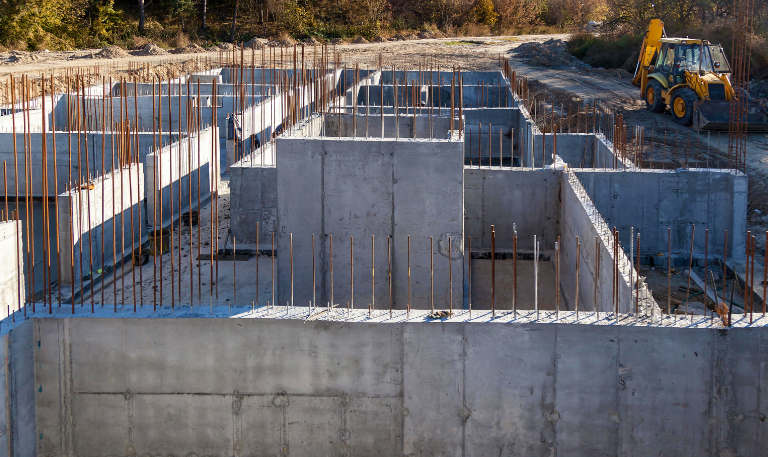Brick Masonry Vs. Brick Veneer: What’s The Difference?
Understanding the various materials and methods is key when planning a construction project. In brick construction, two popular choices are brick masonry and brick veneer. While they might seem similar due to their use of bricks, they serve different purposes and come with distinct advantages and challenges. Our expertise allows us to guide clients through these options, making the best choice for their needs. This article will break down the main differences between brick masonry vs brick veneer to help clarify which method might be the best fit for specific project requirements.
What is Brick Masonry?
Brick masonry is a construction technique where bricks are laid systematically with mortar to form a solid, load-bearing wall. This method is one of the oldest and most durable forms of construction. Brick masonry walls are known for their strength and ability to support heavy loads, making them ideal for both structural and aesthetic purposes in building design.
The bricks used in this type of construction are typically made from fired clay and are laid in various patterns to enhance the wall’s strength and visual appeal. We use brick masonry to construct everything from foundations to chimneys, offering longevity and robustness in our buildings.
What is Brick Veneer?
Unlike brick masonry, brick veneer is not load-bearing and does not support the roof or floors. Instead, brick veneer is used primarily for its aesthetic appeal, serving as a decorative covering over a different structural framework, usually made of wood, metal, or block.
The veneer is essentially a single layer (wythe) of bricks attached to the exterior walls of a building. This setup allows for improved thermal insulation since the air gap between the veneer and the structural wall acts as a thermal break, reducing heat transfer and enhancing energy efficiency in buildings.
A more recent innovation in brick veneer is thin brick. As the name suggests the brick is about as deep as tile, and often constructed using similar techniques. Because there is less material it is often lower cost, but does require a surface that has more structural strength.
Comparing Construction Techniques and Costs
The construction techniques for brick masonry and brick veneer differ significantly, largely due to their structural roles. Building a brick masonry wall requires more skill and time because each layer of bricks contributes to the structure’s stability and strength.
On the other hand, installing brick veneer is less labor-intensive since it involves attaching a single layer of bricks to an existing wall. It typically costs less than brick masonry and can be a more cost-effective option for projects where aesthetic appeal is the primary goal rather than structural integrity.
Maintenance and Durability
In terms of maintenance and durability, brick masonry generally offers superior resistance and longevity. It stands up well to environmental challenges, including heavy loads, harsh weather, and seismic activities. Maintenance is relatively straightforward, focusing primarily on mortar joint health and occasional cleaning.
Brick veneer, while durable, requires more maintenance than brick masonry. The air gap that helps with insulation can also allow moisture to penetrate if not properly constructed, leading to potential water damage or mold growth.
Our experience helps us guide our clients through choosing between brick masonry and brick veneer based on their specific needs, whether they prioritize durability, aesthetic value, or cost-effectiveness. Understanding these fundamental differences empowers our clients to make informed decisions that align with their project goals, ensuring satisfaction with the completed structure.

Masonry SalesEzzard Brice
Latest News

4 Ways To Reinforce Concrete
Concrete is one of the most fundamental materials used in construction. If you’re working on a domestic project or a […]

The Environmental Benefits Of Using Ready-Mix Concrete
The construction industry is changing quickly to meet the growing demand for sustainability and eco-friendly practices. One of the most […]

6 Essential Tips For Grouting Stone Veneer
Grouting stone veneer is an important step in the installation process that can significantly impact the overall look and durability […]

Should You Fill Hollow Concrete Blocks?
Hollow concrete blocks are widely used in construction due to their strength, versatility, and lighter weight compared to solid blocks. […]
